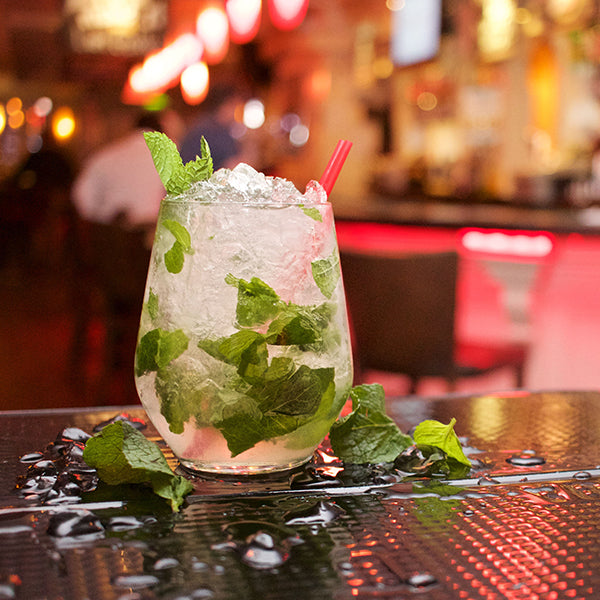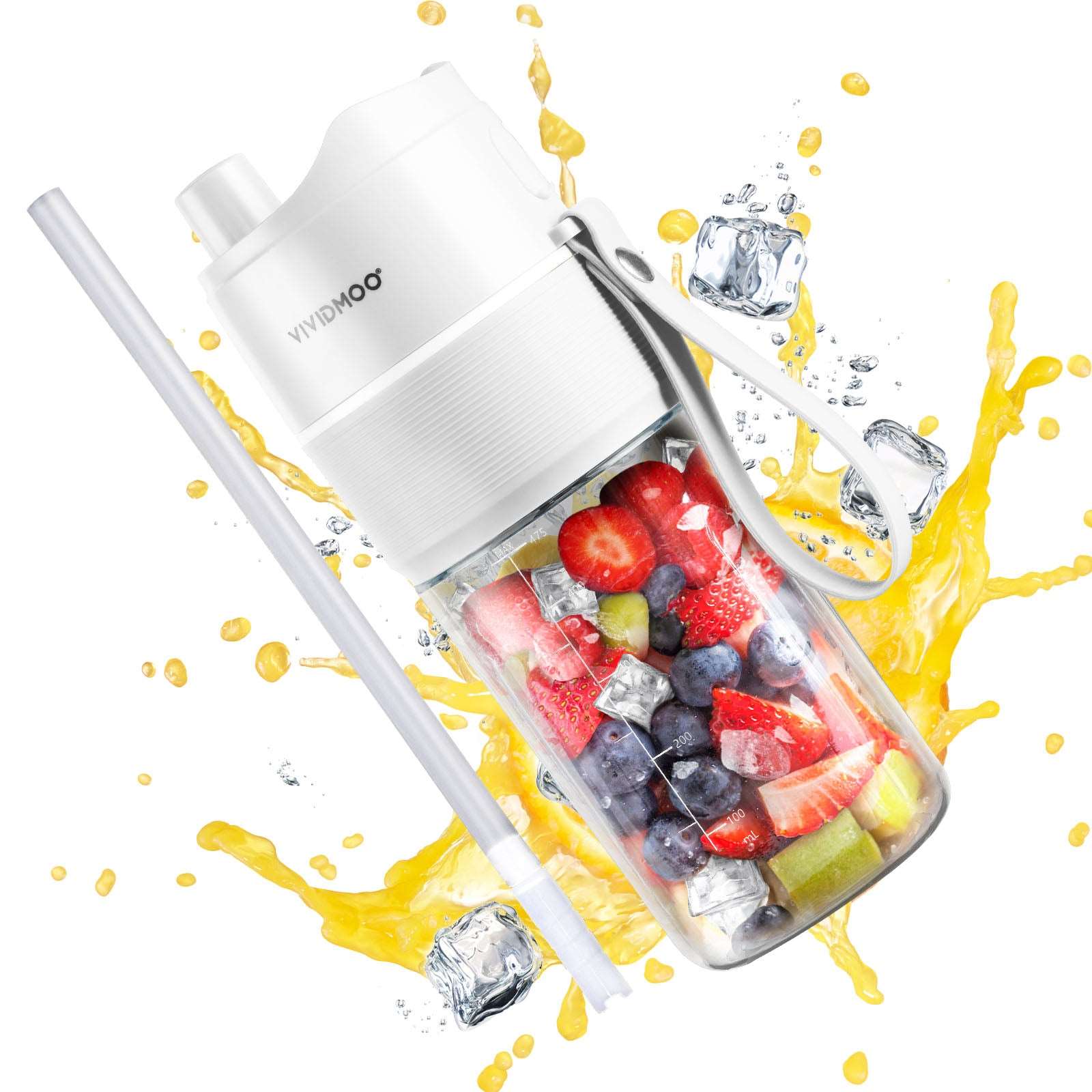
Jessica W. Kelvin
Mar.15.2024
the Different Types of Ice in Oceanography
Frozen Waters: Ice Phenomena in the Earth's Oceans
Ice in the ocean plays a crucial role in our planet's climate system, marine ecosystems, and global weather patterns. It affects sea levels, ocean currents, and even the livelihoods of those living near coastal areas. This article delves into the intricate world of oceanic ice, offering insights into its various forms, the processes behind its formation, and its significant impact on the environment.
The Formation of Sea Ice
Sea ice forms in polar regions when the temperature of the ocean surface drops below freezing. This process begins with the formation of frazil ice crystals, which are small, needle-like structures that appear in the ocean's upper layers. These crystals coalesce into a soupy mixture known as grease ice, eventually consolidating into larger forms such as nilas and young ice. As the freezing process continues, the ice thickens, leading to the development of first-year ice, which has not yet survived a summer melt, and multi-year ice, which has.
The transformation from frazil ice to mature sea ice involves complex interactions between temperature, salinity, wind, and ocean currents. Salinity plays a crucial role; as sea ice forms, it expels salt, increasing the salinity and density of the surrounding water and contributing to oceanic circulation patterns. This process also influences the albedo effect, where the white ice surface reflects sunlight, thereby regulating the Earth's temperature.
Types of Sea Ice
From the fragile, slush-like frazil ice to the formidable multi-year ice, the ocean hosts a variety of ice types, each with its unique properties and lifecycle. These variations in sea ice play distinct roles in the Arctic and Antarctic ecosystems, serving as habitats, hunting grounds, and breeding sites for a multitude of marine species.
Characteristics of Sea Ice
Beyond its beauty and majesty, sea ice possesses unique physical and ecological characteristics. Its albedo effect, or the ability to reflect sunlight, significantly influences the Earth's temperature. The ecological significance of sea ice extends to its role as a habitat for algae and microorganisms, which are crucial for the oceanic food chain.
The sensation of carbonation is not just mechanical; it's also sensory. Carbon dioxide reacts with water to form carbonic acid, which stimulates the sour taste receptors on our tongues. This mild acidity is what gives carbonated beverages their refreshing bite, a quality that manufacturers have learned to balance with sweetness and flavor.
Opt for Platform Heels
The science of carbonation also explains why not all fizzy drinks are created equal. The level of carbonation can vary, affecting the beverage's taste, mouthfeel, and overall experience. Some prefer the sharp, intense fizz of certain sodas, while others enjoy the gentler effervescence of soft drinks. The choice of carbonation level is a subtle art that beverage makers fine-tune to match their product's flavor profile and target audience.
Icebergs: Giants of the Ocean
When glaciers extend into the ocean, they sometimes calve, giving birth to icebergs. These massive ice formations drift through the ocean, posing challenges for marine navigation but also serving as key indicators of climate change.
Countertop Nugget Ice Maker
Nugget Ice vs Crushed Ice
Nugget ice and crushed ice are two distinct types of ice that are often confused for one another. Nugget ice is made by layering flaked ice together, which creates pockets of air within the pellet ice nuggets. These air pockets give Nugget ice its signature chewy texture, making it a popular choice for snacking or adding to drinks. On the other hand, crushed ice is made by crushing large cubes of ice into smaller, more jagged pieces. While the size of the crushed ice pieces can vary, they still maintain the hard texture of the original ice cubes. Crushed ice is often used as a cooling agent for drinks or for creating a slushy texture in blended drinks. Overall, Nugget ice and crushed ice have different textures and are made using different processes. While both can be used for similar purposes, they offer unique experiences and can greatly impact the taste and texture of your drinks and snacks.
Finley Closed Toe Heel
Light cork makes it easy to walk in heels. Podiatrists advise avoiding flat insoles for most foot types. But it’s especially important for those with flat feet who need a shoe with the right arch to provide the balance and support they need. These lightweight cork heels have built-in arch support and a memory foam footbed to hug your feet. Although the heel height is above the recommended three inches, the toe platform compensates for the height, and they’ve been specially designed to distribute weight evenly and support your unique arch position.
Ziva Kitten Heel
A timeless classic that provides ankle support with the backstrap and a flared heel for added stability. Podiatrists recommend wearing supportive flats for sore feet, but if you want to spice up your outfit with comfortable heels, the lower the better. Our expert suggests looking out for shoes with improved heel midsole cushioning and support. This can help protect the plantar fascia from becoming strained. These kitten heels feature a contoured foot design and deep heel cups that support the fascia in your feet. Note that these shoes are a little narrow - they may not be great for people with wide feet.
Everly Pump
Available in three widths, these pumps feature walkable heels and provide non-slip outsoles. With a pair of pumps like these Naturalizer Everly heels, you may be able to get through the day without any discomfort. They sit below the recommended 3-inch heel height and feature the brand’s signature open-cell foam padding to make it feel like you’re wearing the shoes and not the other way around. Choose from one of three widths (narrow, medium, wide) and strut with a pair of shoes that works for day or night, casual or special occasions.
Round-Toe Chunky Heels
These rounded-toe shoes provide an antibacterial, deodorizing cushion to keep your feet fresh. Anyone who has bunions should pay special attention to the toe box. Rounded or square boxes are better because pointed ones will add more pressure in that area. These heels from Vivaia have rounded toes to prevent worsening bunions, and their upper areas are knitted with flexible stretch. They’re also quite low at a little less than two inches to ease the pressure from your feet. And they have a non-slip rubber sole to help you stay put. If you have wide feet, we recommend selecting one size up for extra comfort.
Pack Ice vs. Fast Ice
The distinction between pack ice and fast ice is critical for understanding sea ice dynamics. Pack ice, constantly moving and dynamic, contrasts sharply with fast ice, which remains anchored to the coastline or the ocean floor.
Ice Shelves and Ice Sheets
Ice shelves and ice sheets are massive, continent-spanning bodies of ice. Their stability and dynamics are crucial for predicting sea-level rise and understanding global climate patterns.
Polar Ice Caps:
A Global Thermometer
The health of our planet's polar ice caps is a clear indicator of the state of global warming. Monitoring their changes helps scientists predict future climate scenarios and understand the broader impacts of environmental change.
Understanding the chemistry behind carbonation not only enhances our appreciation of soft drinks and sodas but also connects us to the natural world. Carbonated springs, where water naturally absorbs CO2 from the earth, have been valued for their therapeutic properties since ancient times. The science of fizz bridges the gap between natural phenomena and human innovation, turning a simple chemical process into a global cultural phenomenon.
The sensation of carbonation is not just mechanical; it's also sensory. Carbon dioxide reacts with water to form carbonic acid, which stimulates the sour taste receptors on our tongues. This mild acidity is what gives carbonated beverages their refreshing bite, a quality that manufacturers have learned to balance with sweetness and flavor.
Opt for Platform Heels
The science of carbonation also explains why not all fizzy drinks are created equal. The level of carbonation can vary, affecting the beverage's taste, mouthfeel, and overall experience. Some prefer the sharp, intense fizz of certain sodas, while others enjoy the gentler effervescence of soft drinks. The choice of carbonation level is a subtle art that beverage makers fine-tune to match their product's flavor profile and target audience.
Frequently Asked Questions:
- Is there a health difference between soft drinks and sodas?
- Can the type of ice really change the taste of a beverage?
- What are some trending craft sodas or soft drinks?
Technological Advances in Ice Observation
Sea ice ecosystems are among the most productive and biologically diverse on the planet. The underside of sea ice is home to communities of algae and microorganisms, which form the base of a unique food web. These organisms thrive in the briny channels and cavities within the ice, where sunlight penetrates and nutrients are abundant.
Sea ice acts as a critical habitat for various marine species, including seals, polar bears, and penguins, which depend on the ice for resting, breeding, and hunting. The melting and freezing cycles of sea ice also play a fundamental role in nutrient cycling, as they influence the distribution and availability of nutrients in the polar oceans, thereby supporting a wide range of marine life.
Impact of Melting Ice on Global Sea Levels
The melting of icebergs, ice shelves, and polar ice caps is a significant concern in the context of global warming. As temperatures rise, the accelerated melting of these ice forms contributes to sea-level rise, posing a threat to coastal ecosystems and human settlements. Icebergs and ice shelves, when they calve and melt, do not directly contribute to sea-level rise, as they are already floating in the ocean. However, the melting of ice sheets and glaciers, which are land-based, adds large volumes of freshwater to the ocean, raising global sea levels.
Moreover, the loss of sea ice exacerbates the warming trend through the reduction of the albedo effect, leading to a feedback loop where less ice means higher temperatures, which in turn leads to more ice melting. This process not only contributes to sea-level rise but also to the alteration of global climate patterns, affecting weather systems worldwide.
The Future of Oceanic Ice
As the climate continues to warm, the future of oceanic ice hangs in the balance. This section explores the predictions and models that scientists are using to forecast the changes in marine ice and their potential impacts on the world.
FAQs
The formation of sea ice is driven by a combination of factors, including atmospheric temperature, ocean salinity, and currents. The interaction of these elements leads to the development of various types of sea ice, each with distinct characteristics.
The exploration of oceanic ice reveals a world of complexity and wonder. As we deepen our understanding of its various forms and functions, we uncover the intricate connections between the ice, the oceans, and the global climate system. The study of marine ice is not just an academic pursuit; it's a crucial endeavor for the future of our planet.
People Also Read
Have Any Questions?
We are here to answer all of your queries
















